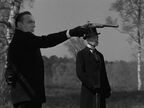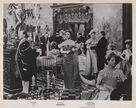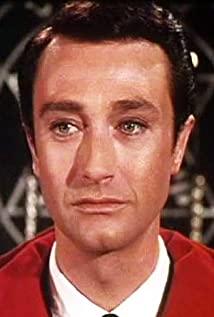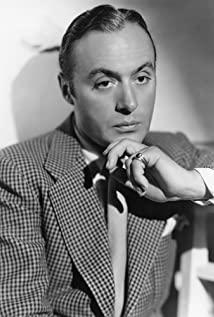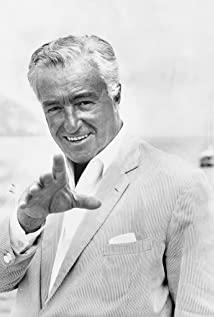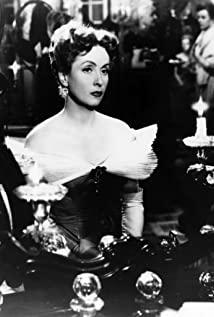They always ask for some scenes to be fixed. If they don't present a shot with follow-up shots, it really makes old Marcos uncomfortable. If he bids farewell to his mobile camera, he has already lost his soul.
If he took away his rocker again, wouldn't it mean that he would be dependent on sorrow all day long.
This is a limerick written by Hollywood actor James Mason after two collaborations with Max Opheles. It can be regarded as a summary of the latter's film style-obsession with shooting and complex camera movements. After returning to France in the early 1950s, Orpheus made his last four films, especially "The Countess's Earrings" is the most perfect.
The beginning of the film is a delicate long shot of sports, with the voice-over of the heroine Louise talking to herself, and the information is extremely informative, from the pair of diamond earrings that caused the tragedy, to the dilemma that Louis owes 20,000 francs, and her love for fur. The preference of overcoats, and even the religious indifference of having not touched the Bible for a long time, were all brought out. The first performer in the shot has only one right hand. When opening and closing the closet, he can see Louis's slender figure through the mirror and shadows. Slowly her head is drawn into the painting, but only the cheeks with clear lines can be seen. The audience is getting more and more. Curious... We didn't see the elegant features of actor Daniel Dario until she was sitting in front of the mirror in front of the dressing table. Starting from the details, the scene changes from small to large. In the process of moving away from the camera, we touched women’s jewelry and clothing, embroidered boudoirs, deep into Louis’s leisurely, luxurious but lacking economic freedom, and her troubles. .
Opheles constructed a repetitive and echoing picture system for the film through the play and composition. Louis's lover Baron Donati also started from the right hand for the first time, and there was also the pair of earrings in the picture. Then there is a typical Opheles-style dispatch. The camera retreats from the suitcase. The baron’s gaze is attracted by the "some lady" in the space outside the painting. Coming in the background, Donati turned 180° in the same direction as her, watching Louis approaching. Louis brushed past the Baron when he was closest to the camera, the camera shook to the right, and the Baron watched the Iraqi far away. Orpheus always likes to make lovers circle each other, sinking deeper and deeper in the whirlpool-like circular motion, until they give their lives.
Speaking of circular motion, Opheles’ signature stunt, the Waltz, is inevitable. Five consecutive dance scenes are used in the film to show the love between Louis and Donati, which are basically done by long shots. Five nights, different locations and different bands, but the same couple danced the same dance music. The seemingly repeated passages emphasize the warming of feelings, and the smaller and smaller scenes enhance the audience's identification. The camera follows the rotating dance steps of the two, passing pillars, sculptures, oil paintings, green plants and other luxurious decorations. The movement, music, and rotating lens work in perfect harmony. The irresistible love between the two makes them completely conscious of everything around them. Unconsciously. In the fifth scene, the camera was led to Louis and the Baron by the departing musicians, and then followed the servants to extinguish the candles one by one. The hall gradually dimmed. A musician covered the harp with a black cloth while also covering the camera. ——The music ceases and the camera no longer dances, heralding the gloomy prospects of this romance.
After the two met again, Opheles used a long follow-up shot to show that Louis and Donati walked from the restaurant to the dance floor, the feast, the candlestick, the costume, the wine, the waltz, and the earrings given by the lover. , Louis arm Baron proudly swears the victory of his love... But the heady happiness is interrupted by another camera moving in the opposite direction. The servant walks over to pass a message, and Louis' husband wants to talk to the Baron. After that, the plot turned straight down, and love was ultimately ruined.
The things that Opheles emphasized in the long shots seem to be neither short-lived nor trivial, but they are all immeasurable and cannot be "processed": emotions, desires, and anxiety. He always uses a long lens to guide us into the pain of the focal person, this time it is fatal love.
(Originally published in "Movie World" 2013.10)
View more about The Earrings of Madame De... reviews




